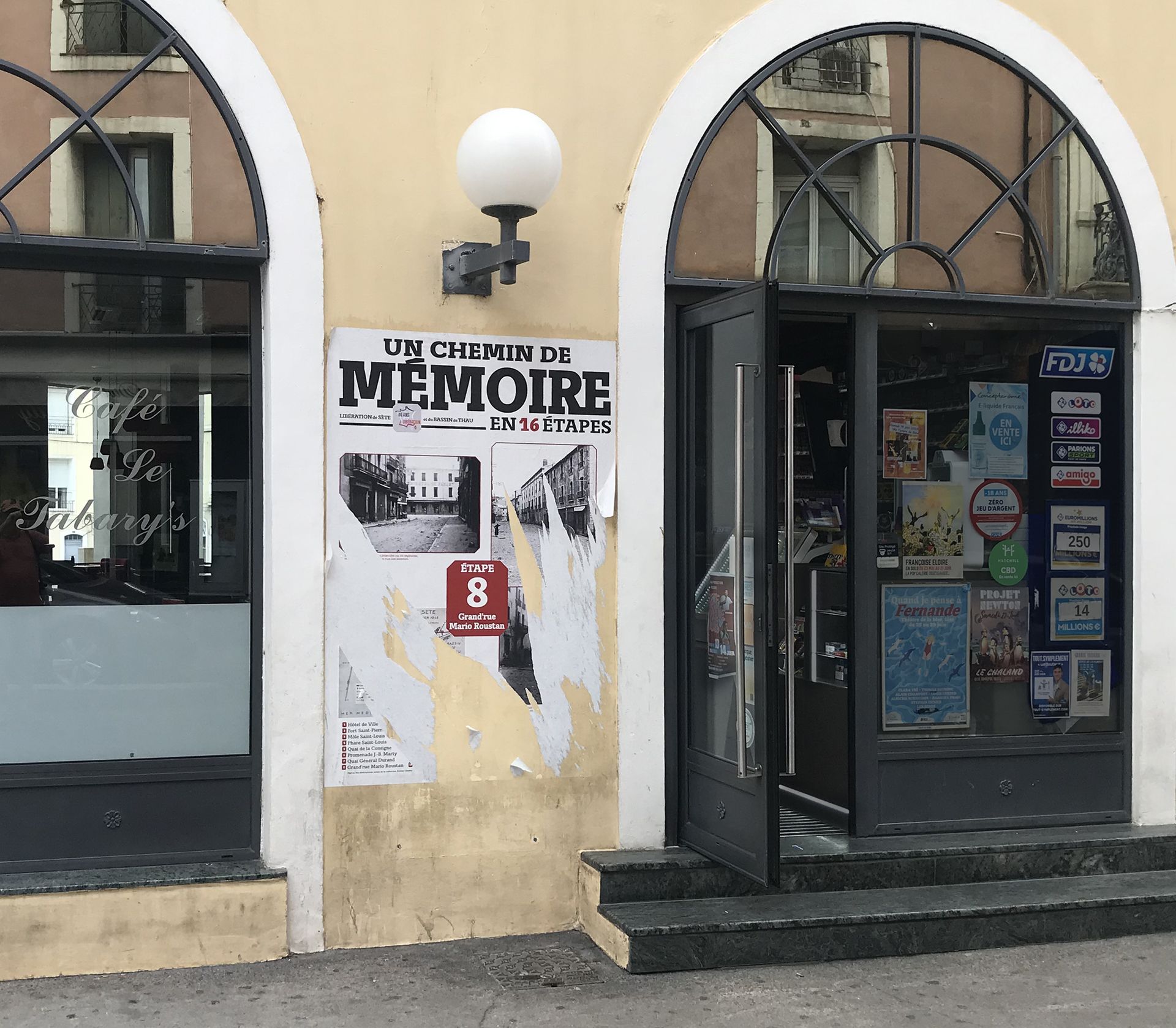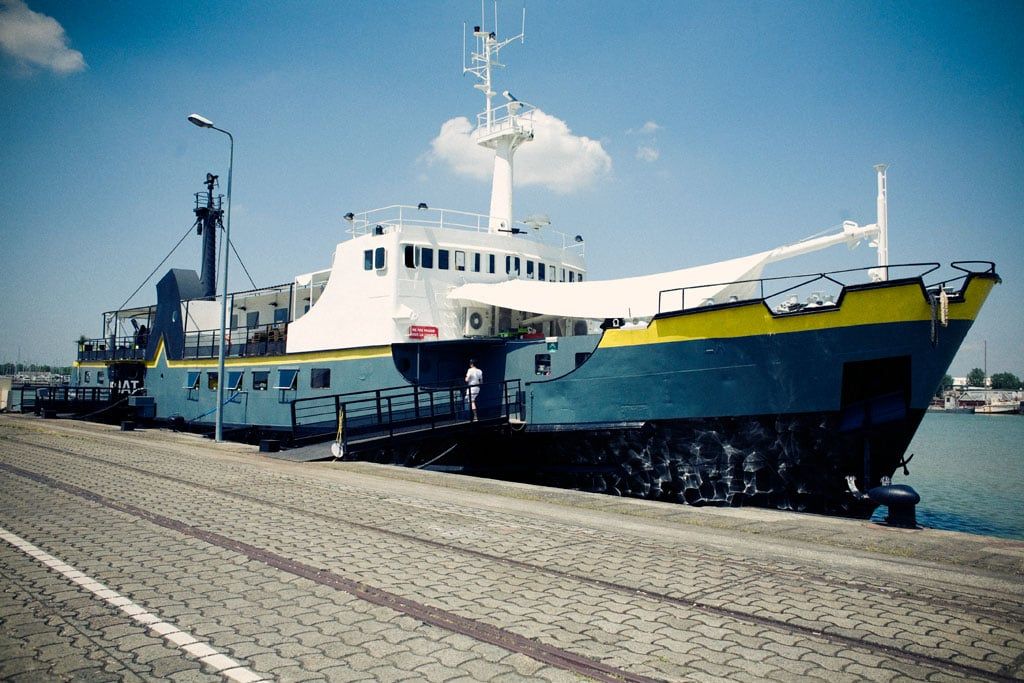• THE SCARWEATHER was built in 1947 by Philip and Sons shipyard in Dartmouth (Great Britain) on behalf of the Trinity Corporation. 42.50 m long, it is part of the last series of post-war lightships. In 1947, it was positioned on Smith Knoll sandbank, one of the sandbanks that border Norfolk. It was then positioned on the Scarwearther sandbanks off Bristol, in Swansea Bay (Wales). It thus takes its current name. The lightship was decommissioned in 1989. It was sold to the Douarnenez museum where it was towed in 1992. In 2008, the hull was repainted and small repairs were carried out. She is visible, but for security reasons the Scarweather cannot be visited.
• THE SANDETTIÉ, or BF6 (Bateau-Feu #6), is the last French light boat to be in service. Built in 1947 and 47.50 m long, it was first assigned to the Dyck sandbank in 1949. In 1978, this sandbank was no longer marked, the BF6 was then assigned to the Sandettié sandbank until 1989 and its final disarmament. It is then converted into a museum boat, classified as a historical monument. Since 1997, it has been part of the afloat collection of the Dunkirk Port Museum; the latter also had the Dyck (BF2, ex-Havre II) which was finally demolished in June 2008. Also listed as a historical monument, it was decommissioned in 2004.
The only flagship boats with an activity are:
• LE BATEAU PHARE
Originally called Osprey, it was built in Dartmouth (United Kingdom) by the Philips & Son shipyard and launched on May 24, 1955. It was one of the last Irish light ships to be launched for the services of Commissioners of Irish Lights. It was stationed along the Irish coast from 1955 to 1975, when it was decommissioned. It was then sold to the port of New Ross (Ireland) where, after a first transformation, it became a fuel tank afloat, then served as accommodation for pilots until 1997.
Towed that year to Le Havre, the boat arrived in Paris at the end of the following year. It was gradually rehabilitated into cultural equipment by an association which baptized it Batofar in 1999. In Paris, the technical transformation was carried out by Herskovits, Thômé & Tobie, naval architect. After its purchase in 2018, the lighting structure of the ship was dismantled, marking the signal for its next transfer to Le Havre for renovation. In 2019, the new management opened a seasonal terrace at the quayside, as a prelude to the reopening of the boat, finally called Bateau Phare.
• LE IBOAT
Often compared to the Batofar, the IBoat is even its little brother. It was transformed into a ferry to connect the island of Yeu under the name of La Vendée, before being reconverted in Bordeaux into a floating cultural site in 2011, in the rapidly reviving district of Bassin à Flot #1. After a month in dry dock for repairs in 2019, she returned to moor at Quai Armand-Lalande.
• LE ROQUEROLS
1939 London: Lightship no. 94 (LV 94) originally built for the Trinity House Lighthouse Service in 1939 was posted to London during World War II. He scoured the English ports to fulfill his mission until 1990, the year of her decommission.
1998 Amsterdam: used for a time as a museum after redevelopment work, then as a private event venue with conference room under the name Zeeburg.
2013 Lyon: bought by a French investor to be converted into a performance hall and moored on the Rhône. From this perspective, it was renamed Razzle but the boat was refused by the city of Lyon.
2017 Marseille: she is towed to the Marseille shipyard. After several months of work, the Razzle is moored in the port of Estaque. Four years of top-to-bottom refurbishment were necessary to restore the ship, which houses a concert hall, a club, a restaurant and a terrace bar installed on the deck.
2021 Sète: on February 19, 2021, the Razzle is towed to Sète where it will become the flagship of celebrations for the centenary of the birth of Georges Brassens. On this occasion, it was renamed Roquerols in homage to the Roquerols light house rock between Sète and Balaruc-les-Bains, on the Thau lagoon where Georges Brassens liked to go.
56 meters long, it will remain moored at the quai d’Alger long enough to carry out some interior and exterior fittings before finding its permanent base, quai du Maroc.

























